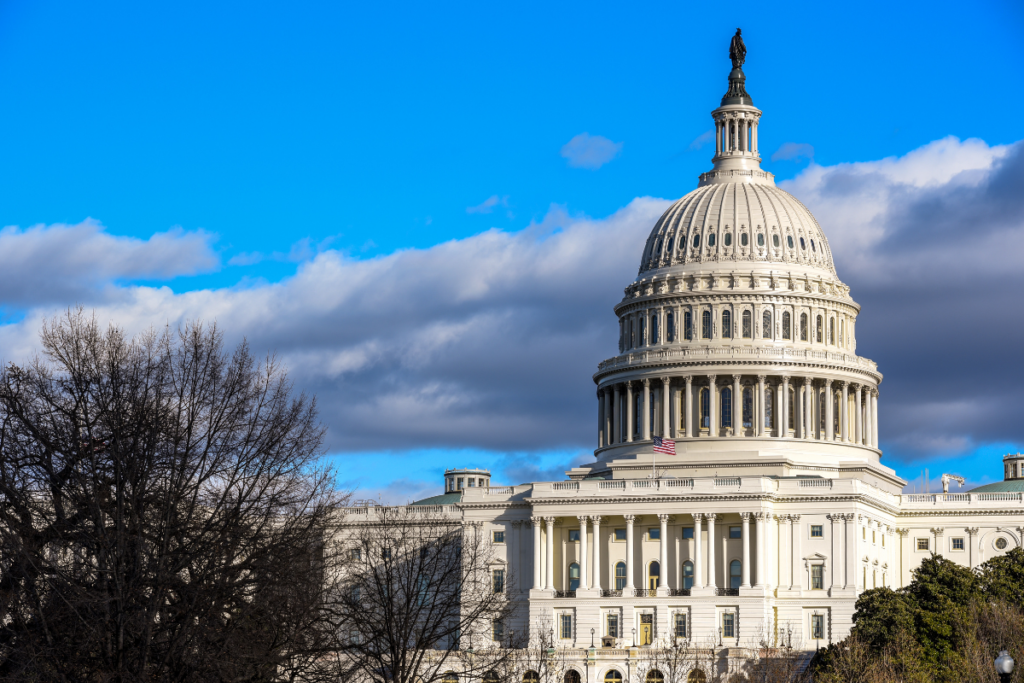By, Harold Kim, Executive Vice President, U.S. Chamber Institute for Legal Reform
Today, the U.S. Chamber Institute for Legal Reform (ILR), the U.S. Chamber of Commerce and 16 coalition partners filed a petition with the Federal Communications Commission (FCC), asking it to clarify the definition of an automated telephone dialing system (ATDS).
Businesses badly needed certainty in order to ensure they are lawfully reaching out to their customers. The last time the FCC clarified the definition of ATDS was in 2015, but it was so broad that it made every smartphone potentially subject to a class action lawsuit under the federal Telephone Consumer Protection Act (TCPA).
This created major problems for businesses using any dialing equipment, other than a rotary phone, to communicate with their customers for legitimate business reasons. Instead of trying to stop illegal robocalls, the FCC made it easier for plaintiffs’ lawyers to file abusive lawsuits. ILR research found that TCPA lawsuit filings skyrocketed 46 percent in the 17 months after the FCC’s order and that 60 percent of those lawsuits were filed by only 44 firms—just two law firms filed more than 200 lawsuits. Most of these lawsuits were not aimed at the abusive robocalling operations that still plague Americans, but against U.S. companies, large and small, trying to reach their consumers for legitimate purposes.
In March 2018, the Court of Appeals for the D.C. Circuit ruled that the FCC’s 2015 ruling was an “unreasonably expansive interpretation” of the law. While this was a positive step toward reasonable regulation, there is much more work to be done. In that ruling’s wake is a major legal question that must be answered: what exactly is an ATDS?
The FCC now has a chance to get that answer right. A proper definition is needed to give businesses the clarity to steer clear of litigation traps set by professional plaintiffs and their entrepreneurial lawyers.
There are two steps the Commission can take to create a balanced definition:
1. Clearly state that to be an ATDS, the equipment must use a random or sequential number generator to store or produce numbers and dial them without human intervention.
2. Find that TCPA enforcement actions can be brought only if these actual ATDS capabilities are used.
Meanwhile, Congress has begun examining the issue in parallel, and it’s clear that urgent action is needed to stop the ongoing lawsuit abuse against American businesses. We urge the FCC to act quickly to restore common sense to a law that has drifted far from its intended purpose.



